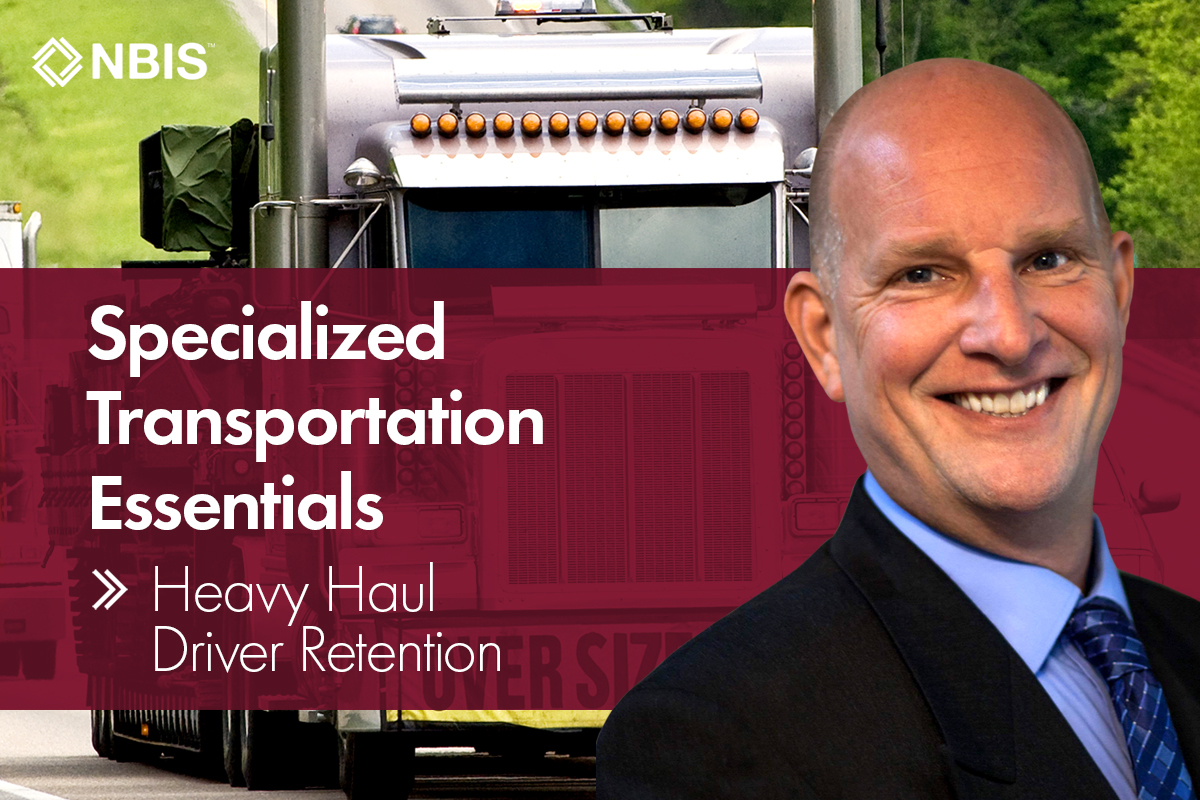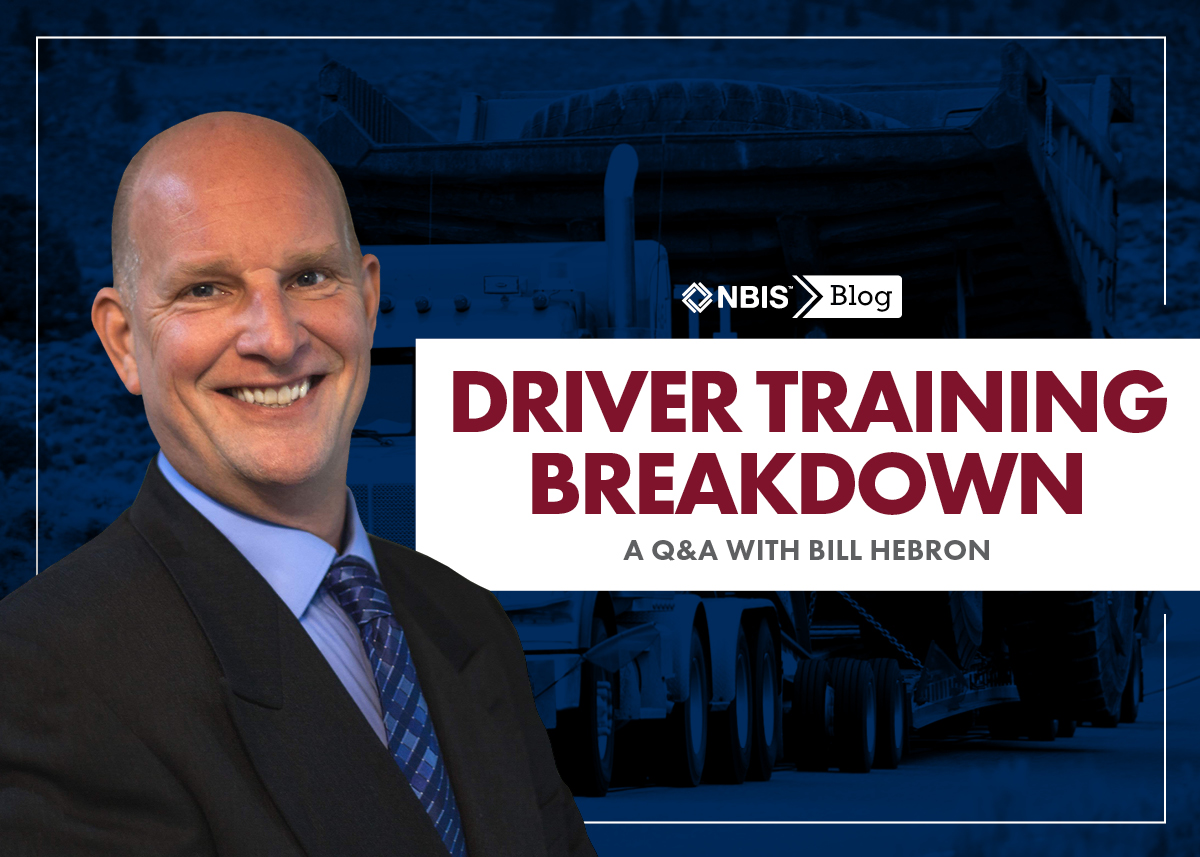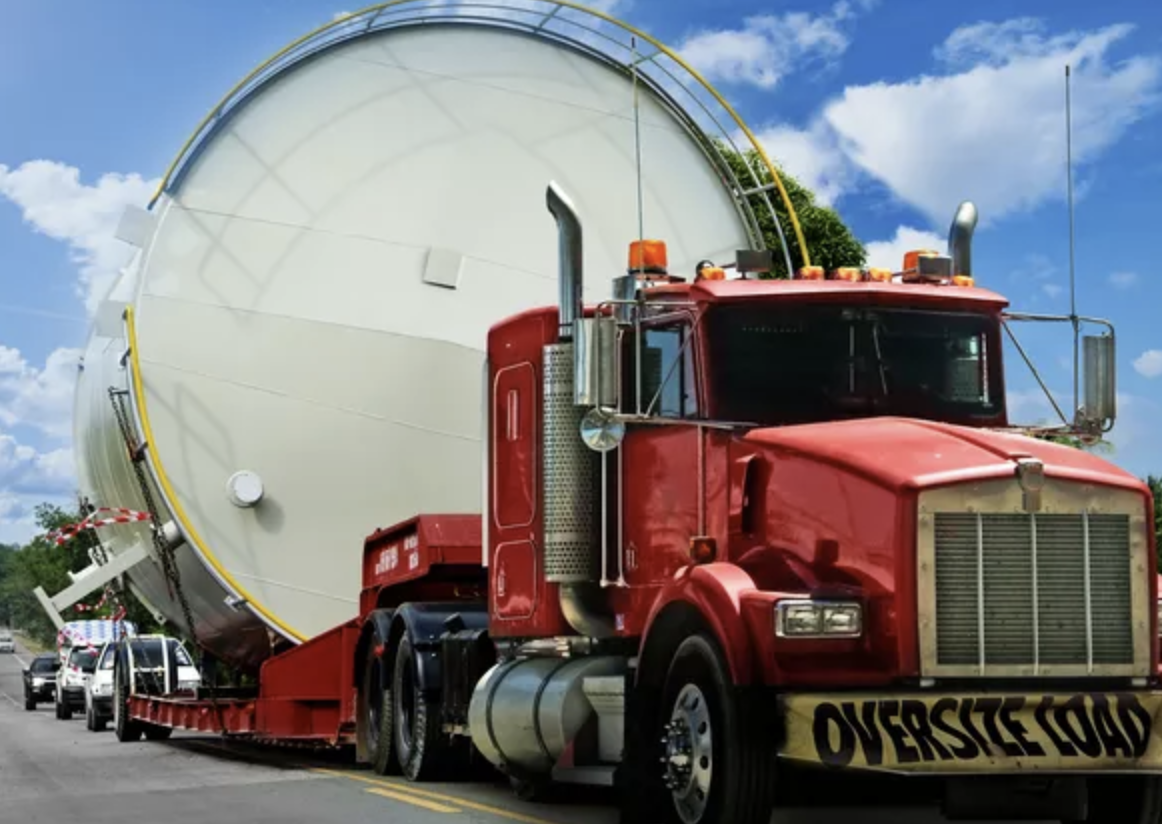If you’ve been keeping up with the conversations in the specialized transportation industry, you know that there are a number of pressing issues facing heavy haul companies and drivers.
The new FMCSA Drug and Alcohol Clearinghouse is now open, and the final phase of the ELD Mandate went into effect just a month ago in December of 2019.
The ways drivers are managed and monitored continues to increase in complexity, and the challenge of hiring and keeping good short-haul and long-haul truck drivers doesn’t seem to show any signs of lessening. Major carriers are even experimenting with different methods of incentivization.
Driver retention is important not just for your human resources culture and bottom line, but from a risk-management perspective as well. Unsafe or unreliable drivers are a huge risk. The job or project depends on the driver, and so does the equipment and vehicle in their care.
And, of course, specialized and flatbed drivers command premiums, so their ability to shop around and leave one pasture for another greener one shouldn’t be underestimated. Simply put, if you manage drivers—especially ones in the specialized transportation/heavy haul sector—you need to be taking steps to make sure your retention rates are as high as they can be.
With that in mind, here are 6 ways to retain drivers.
Reward
We’ve all heard the phrase you get what you pay for. Make sure that the salaries and pay rates you’re offering your heavy haul drivers adequately reflect the skill and clean driving records these loads require. And when drivers hit safety milestones, reward them. Positive reinforcement goes a long way in pushing your great drivers to continue to perform beyond expectations.
Engage
At the end of the day, the most important thing is making sure your drivers feel connected to (and invested in) your company. According to Gallup, turnover is 25 percent lower among engaged employees. Drivers are often separated from others while out in their trucks, so fleet managers have to work especially hard to keep them feeling connected.
Technology is everything
We’ve talked a lot about the benefits of telematics from a risk management perspective, but technology implementations can help drivers’ day-to-day tasks feel safer, easier, and more productive. You can also leverage technology to support your drivers by offering them opportunities for training anywhere, anytime.
Acknowledge in real time
Rewarding and compensating drivers properly (as a big-picture, annual behavior) is key, but positive reinforcement at the time of desired behavior is most effective at cultivating long-term habits and patterns that you want in your drivers. This can be as simple as conducting a weekly safety meeting where drivers shown to have reduced speed by 1% over the course of 5 days are acknowledged and rewarded.
Incentivize
This one needs little explanation. Create reasons for your employees to do the things you want them to do. Consider micro, mid, and macro level metrics and incentives (weekly, monthly, annually) and stay on top of keeping track of them. End of story.
Never stop improving
Don’t just sit down one quarter and see what you can do to work on driver retention. Revisit the issue often, and pay attention to your retention and turnover rates. If possible, address retention before you have a problem.







